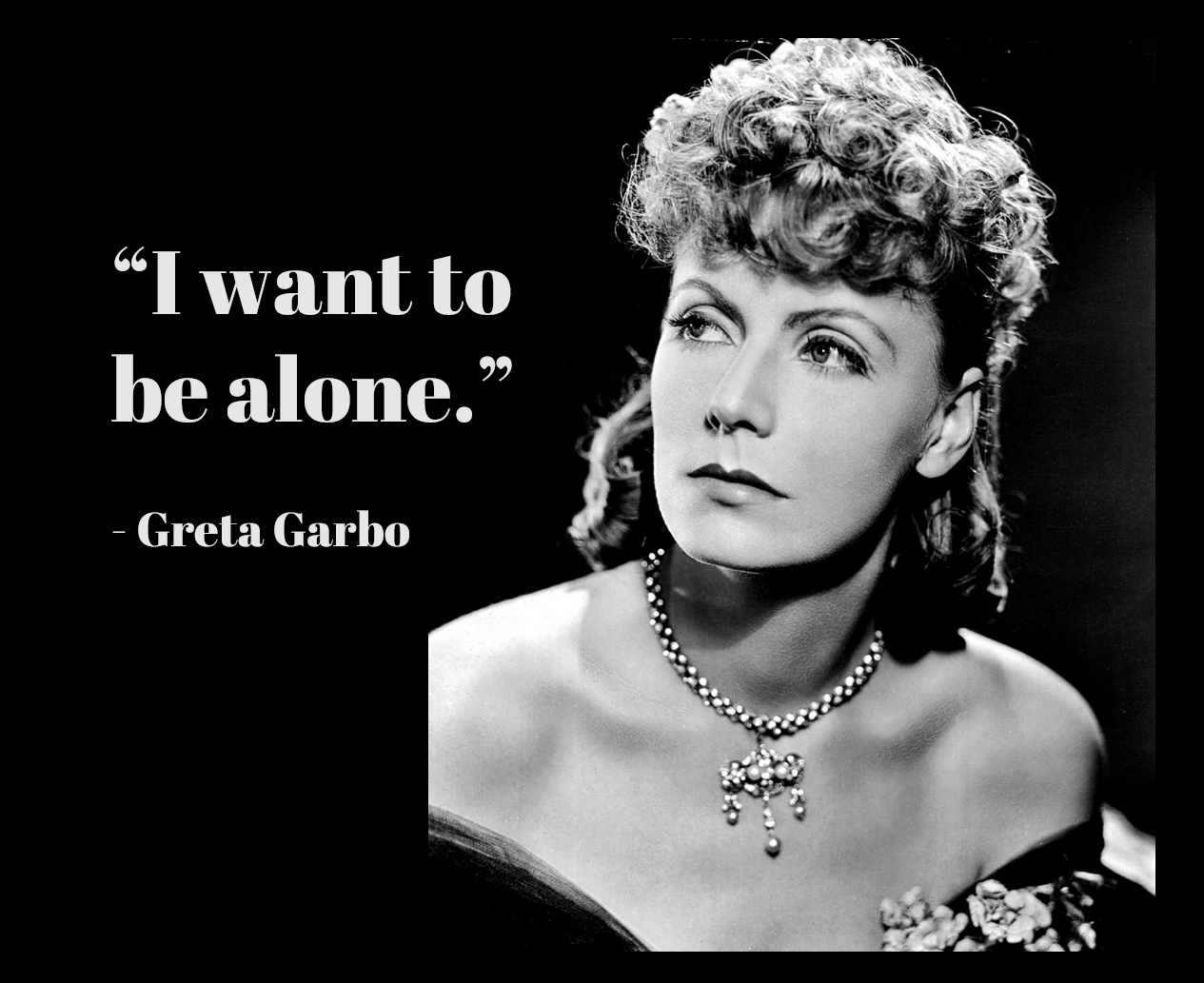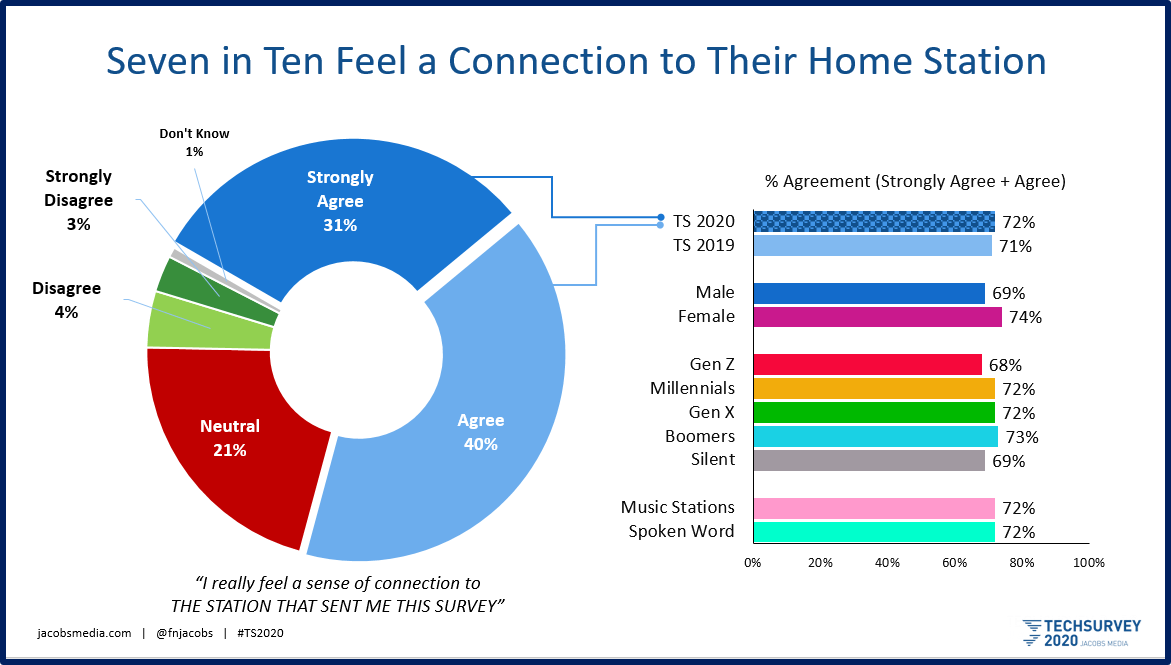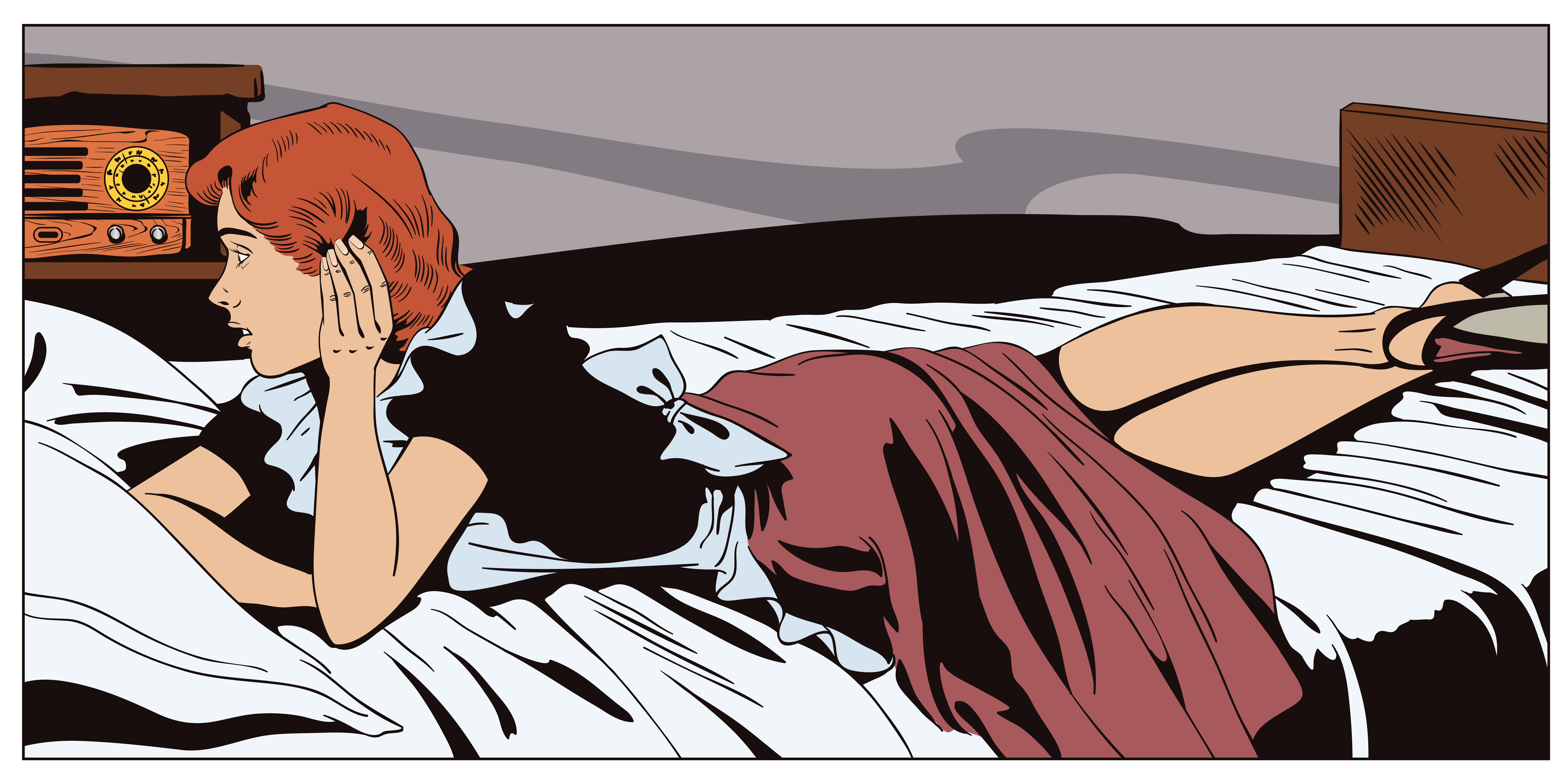
None of us is old enough to remember the Swedish actress, Greta Garbo (no, not even me). Nearly 100 years ago, she hit Hollywood with a storm, starring in several films that made her an international celebrity.
But it turned out that Garbo was a loner. And so, after making 28 films – silents and “talkies” – she hung it up at the age of 35, turning down all subsequent opportunities for a comeback. Even as a child, Garbo always detested crowds, didn’t play well with others, and often opted for what we now call “me time.”
And when she uttered the now-famous phrase, “I want to be alone,” it rapidly became a famous quote, as well as a great punchline used by comics and pundits for decades.
Garbo would have thrived in today’s coronavirus crisis environment.
There is something strangely counter intuitive about this mess of a pandemic. A crisis is precisely the time when we need each other most. We need to get hugs – and give them. We need to share life’s ups and downs. We need a shoulder to cry on and a palm to high-five.
But we cannot. “Social distancing” is the nice way to put it. But the reality is that this virus forces us to be apart. Right now, the U.S. is not part of a unified strategy – norms are still different depending on where you live – but you can feel the day coming when all of us will be compelled to be indoors, separated in many cases from those we love.
Oddly enough, the mantra “We’re in this together” has become an umbrella statement for this pandemic. But the fact is, we are – but we aren’t.
Actually… aren’t we all in this apart?
— John Hancock (@HeyHancock) March 28, 2020
For those of us who are always on the fast-track, multi-tasking our way through life, a calendar full of meetings, appointments, conference calls, and social activities, the wish has frequently been for a little “alone time.” Even “me time.” A chance to slow it down, take a break, put down our smartphones, and simply be by ourselves is something many of us craved.
Until now, that is.
Now we have more isolation than we could ever want. Many people are cooped up with kids, partners, and others. And while this has some obvious benefits, most of us are cut off from just about everyone else – family members, friends, and colleagues.
But many people are alone, and those in (self) quarantine are learning what it’s like to be virtually cut off from the world. And those poor people in hospitals are in the horrifying positions of being isolated from the people they would love to be around. As we are learning, many are dying alone, an unthinkable end for the victims of COVID-19 and their families.
All this hit me like a ton of bricks when I was reviewing our Techsurvey 2020 data last week in preparation for our two webinars – for stakeholders and for anyone in the industry with interest in tech and media trends. (You can download the entire TS2020 deck here.)
We asked a new question this year. And oddly enough, it became very revealing in light of this pandemic, and the lengths to which we’re now going to keep a safe distance from one another:

The fact nearly four in ten tell us they’d generally rather text than talk (or communicate in person) is a statement about the digital times in which we live. Or lived. And when we toggle over to the demographics, we see it’s an opinion most strongly held by women, Millennials, and Gen Zers. How 2019 of them!
And now, a mere month or so later after TS20 was fielded, you have to wonder how the slices on this pie chart would differ if this question was asked today. How has the coronavirus crisis altered our desires for human contact and conversation – hearing the sound of someone’s voice, or looking them right in the eye?
We know that however and whenever this ends, life as we knew it may not be the same. We just don’t know the degree to which the human condition will be different. But you have to think the desire and value for companionship will amp up as a result of this self-imposed isolation most of us are now enduring.
And that’s where radio comes into play. All those focus groups I’ve had the pleasure of conducting over the decades have reinforced radio’s unique audience relationship – the companionship that can form between personalities and listeners.
A question we’ve begun to ask in our Techsurveys goes to the heart of this feeling of connection seven in ten respondents have with their favorite radio stations:

Two data points of note: three in ten strongly agree with the statement. And a look at the demographic subgroups reveals a unanimity of opinion about the bond with their favorite station. Keep in mind, of course, our sample is generally comprised of regular radio listeners, many of whom are station email database members. Still, this bond so many feel with these hundreds and hundreds of diverse radio brands strewn across the U.S. and Canada is both noteworthy and impressive.
The car is most certainly an environment that strengthen this sense of connection. Under normal circumstances, it’s the listening location where drivers – often alone – are listening to a voice on the radio. The ones that connect, related, inform, and amuse are the now engaging with cooped up people in meaningful ways.
But with fewer drivers on the road, radio broadcasters now need to refocus their energies on reaching people in their kitchens, dens, bedrooms, rec rooms, and garages.
 I have spoken with many programmers and air talent these past few weeks, and they all tell me the level of intimacy – on the phones and on social media – is several notches higher than usual. Everyone’s wearing their emotions on their sleeves amidst the fear and uncertainty of this pandemic.
I have spoken with many programmers and air talent these past few weeks, and they all tell me the level of intimacy – on the phones and on social media – is several notches higher than usual. Everyone’s wearing their emotions on their sleeves amidst the fear and uncertainty of this pandemic.
A familiar, warm voice on the radio can be a soothing, familiar, and friendly presence for people well outside their comfort zones. At a time when so many of the familiar things are on hold or simply gone, a favorite radio station is still there – through thick and thin – providing companionship, empathy, and a sense of continuity to our disrupted lives.
This can be a time when radio can regain its glow. It has always been a closer, more intimate in-the-moment medium than playlists, podcasts, and satellite delivered radio. Your favorite radio station is down the street, usually is as visible in the community as the neighborhood grocery store, movie theater, and the array of restaurants we used to patronize every week.
Tomorrow, we’ll look at how this urge to be with others has intensified, and how radio – on and off the air – is using new video chat tools to make important connections, even in the face of a global pandemic.
Until then, the phones are open, social media is humming, and a favorite personality is about to take to the airwaves.
Download our TS2020 deck here.
- Media And Technology In 2025: Believe It Or Not! - April 18, 2025
- In Radio, You Just Never Know - April 17, 2025
- The Secret To Making A Great Podcast (And Great Radio) - April 16, 2025




Impactful words. Thank you, Fred. This is a most important time for radio, unlike any other. The one-to-one communication is essential and needs more encouragement. I heard the dumbest most negative talk up in yesterday’s PM drive on a top Boston station…about NYC. The levels were even bad. How dumb! Broadcast the Respect Factor. Coach, care, connect. It’s not hard. “The Magic’s in the Music and The Music’s In Me” – Lovin’ Spoonful. Radio 100: Safety First!
Respect and civility are important. So is getting our facts straight. Radio has an opportunity to come out of this a hero. Thanks, Clark.
I miss the things I was complaining about two months ago…
Exactly, my friend. What we wouldn’t give for the annoyances of February. We didn’t know how good we had it.